Top Plants to Enhance Your Outdoor Living Space | Easy Patio Garden Ideas
Refresh your outdoor living space with top plants for patios, balconies, and gardens. Discover low-maintenance, fragrant, and pollinator-friendly picks.
Refreshing your outdoor living space doesn’t need a lottery jackpot or a total garden overhaul. The right plants can turn drab patios, decks, or balconies into lush and inviting hideaways that suit your vibe and lifestyle. I’ve spent countless weekends experimenting with different greenery and colour combos, figuring out which plant picks really make an outdoor space shine and which are mostly high-maintenance letdowns. Check out some of my favourite tricks and plant choices for anyone hoping to transform their own space, no matter the size or sunshine situation.
Hello & welcome, my love for gardening naturally grew into a passion for creating outdoor spaces that feel like an extension of home. After years of hands-on gardening in Hampshire, I’ve learned how planting, design, and comfort can come together to transform a garden into a place to relax, dine, and enjoy the seasons. Now I share simple ideas and inspiration to help others create outdoor areas that are both beautiful and wonderfully livable.
Garden Nest Living grew from a simple idea: to share my love of gardens and creating calm, beautiful spaces, both inside and out. When you buy through my affiliate links, you are allowing me to keep sharing inspiration, ideas and products… at no extra cost to you. Thank you for being a part of my journey!
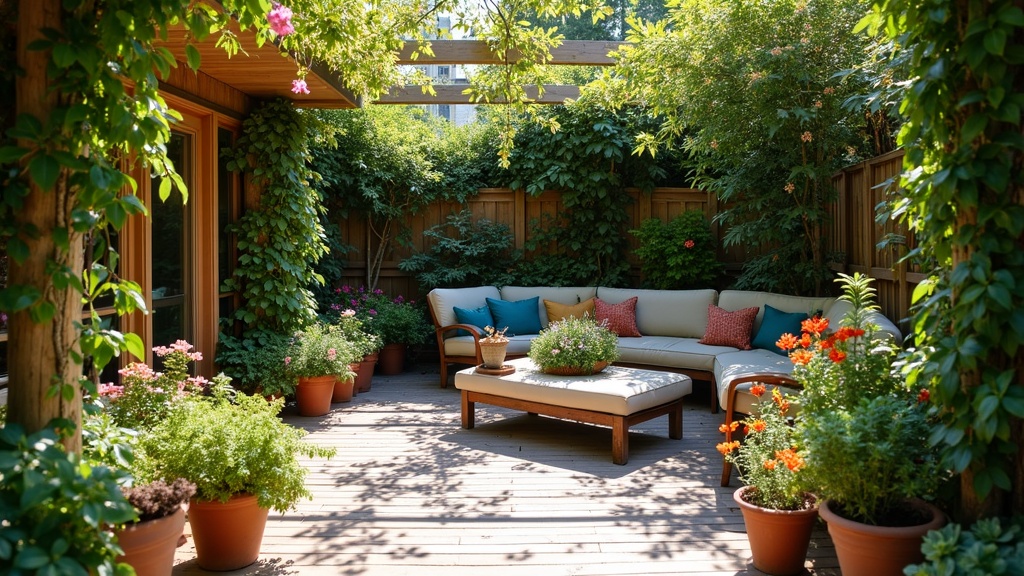
Why the Right Plants Transform Your Outdoor Living Space
The Power of Colour, Texture, and Scent in Garden Design
Mixing up foliage, flower colour, and even scents makes a patio feel comfortable and charming. I’ve always loved the way a cluster of plants can blur the line between a paved patio and the rest of the garden, or even make a concrete balcony feel whimsical instead of stark.
How Plants Can Make Small Patios Feel Bigger
What you want most—flowers, lush leaves, tasty edibles, or ease of care—should steer your plant picks. I like to add a couple of scented plants for a sweet-smelling breeze in the evenings, and I never skip a few small trees to give shade to my sunniest spots. Don’t forget, you can squeeze in greenery on even the tiniest patio by raising succulents, cacti, or some potted herbs right onto tabletops.
Matching Plant Choices to Your Lifestyle and Climate
For even more of an eye-catching effect, you might layer heights and textures to make your space feel like a living mosaic rather than a flat, uniform area.
Best Plants to Enhance Patios, Decks, and Balconies
Here’s a rundown of super reliable and actually fun plant categories, plus examples that have worked well for me. Mixing up several types keeps a space interesting all year. To make your patio more inviting, try experimenting with a few striking flowering varieties or dramatic foliage plants. If your climate allows, consider adding a potted dwarf citrus tree, such as a lemon or orange, for unexpected colour and subtle fragrance.
Bedding Plants & Annuals for Instant Colour
- Mexican sunflowers, zinnias, or cosmos add cheerful colour for months. They do well in pots, hay racks, or hanging baskets.
- Sweet peas, cosmos, cornflowers, and field poppies let you refresh the colour scheme every year without much fuss. Nasturtiums offer edible blossoms and leaves for salads too.
Shrubs and Small Trees for Structure and Shade
- Philadelphus (mock orange) pulls double duty with fragrant flowers and leafy cover for privacy. I’ve also been happy with weigela, physocarpus, and deutzia. Consider also adding dwarf lilac or spiraea for more colour.
- Strawberry tree (Arbutus unedo), snow white mespilus, crab apple, hawthorn, holly, Japanese maples, rowan, caragana arborescens, Judas tree (Cercis siliquastrum), or magnolia × loebneri. Most are fine for big pots or planters. Dwarf olive or bay trees also do well in containers.
Shade-Loving Plants for Low-Light Corners
- Hostas are a real winner in dull corners, softening edges with their big, lush leaves. Other good options: lavender, catmint, pulmonaria, santolina, and hakonechloa grass all bring life to low-light spots.
Patio Crops and Edible Plants for Style and Function
- Try kale, cherry tomatoes, potatoes, or salad greens in containers if you like homegrown bites. Raised beds or borders welcome these varieties too, and even peppers can thrive in big pots.
Climbing Plants to Elevate Pergolas and Fences
- Trachelospermum jasminoides (star jasmine) gives you evergreen structure and heavenly scent, perfect for pergolas or pots by a door. Clematis is another easy climber, especially for shady walls or fences.
Succulents and Cacti for Low-Maintenance Beauty
- They look awesome on a sunny table, and some cold, hardy alpine succulents last all year outdoors. Try echeverias or sempervivums for beautiful textures.
Herbs That Thrive in Outdoor Living Spaces
- If you grill or eat outside, keep thyme, sage, rosemary, or chamomile nearby for sunny spots. Some herbs do fine in partial shade too, like mint or parsley, so you don’t have to limit yourself.
Pollinator-Friendly Plants to Attract Bees and Butterflies
- Add purple salvias, scabious, or irises to attract bees and butterflies for a lively backyard scene. Coneflower and bee balm make for bright additions and attract hummingbirds as well.
Lavender: The Fragrant Favourite for Every Outdoor Space
Lavender is one of the most versatile and rewarding plants you can grow. I have it everywhere — in pots by the front door, lining the path to our gate, in the back garden flowerbeds, and most importantly, beside our outdoor seating area where its fragrance creates the perfect relaxing atmosphere.
This hardy plant thrives in sunny spots, needs very little maintenance, and is a magnet for bees and pollinators. Its vibrant purple blooms light up the garden from spring through summer, while the silvery-green foliage adds beauty and texture even in winter — especially when glistening with morning dew. Lavender truly is one of my top garden recommendations and an all-time favourite at home.
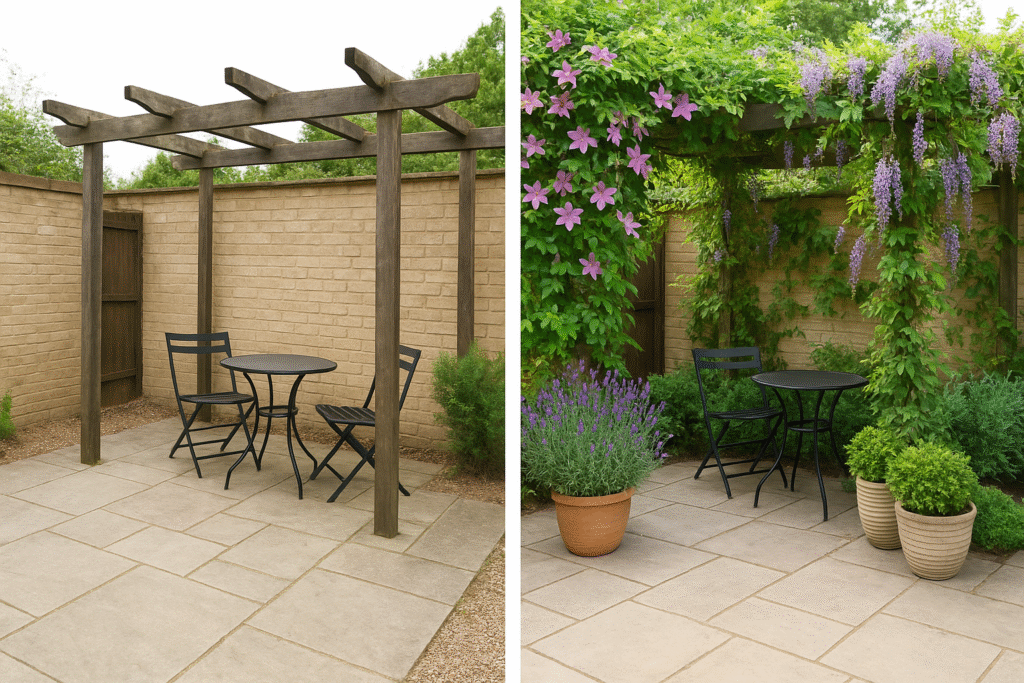
Transforming a Georgian Garden Pergola with Beautiful Wisteria
One of my clients has the most charming Georgian garden, complete with original brick walls, rustic barns, and an ornate metal pergola that served as a stunning focal point. To bring even more life and seasonal colour to the space, we decided to plant two established Wisteria vines and begin training them to climb and weave over the pergola.
When it bursts into bloom next spring, the soft cascades of purple flowers will add a breathtaking splash of colour and fragrance to this elegant garden. The client has already transformed the area beneath into a cosy outdoor seating and dining space — the perfect spot to relax, entertain, and enjoy their enhanced outdoor living space.
Practical Tips for Styling and Maintaining Patio Plants
I’ve picked up quite a few lessons about patio plant styling, and you’d be surprised how much tiny tweaks can transform the space.
Balancing Evergreen and Seasonal Blooms
- A clever combination of evergreens and flowering varieties keeps spaces busy with interest, not just when things are blooming.
- Plan for year-round interest by mixing evergreens with seasonal bloomers. Rotate in bedding plants each season to freshen displays.
- Small trees or groups of tall grasses make relaxed natural dividers. My crab apple in a half-barrel planter carves out a “dining corner” brilliantly.
- Foliage matters just as much as petals. Hostas, ferns, and heucheras show off bold leaves that pop against hardscaping. Try silvery lamb’s ear or santolina for a fresh touch.
- Choose pollinator-friendly species to help out bees and butterflies. Bonus: it gives more garden action while you’re relaxing outdoors.
- Go for low-maintenance types, like succulents, native plants, or anything drought-tolerant. Watering’s a lot less of a headache this way, especially if you use mulch or self-watering pots.
Using Containers to Add Height and Flexibility
- Use containers or raised beds to experiment with texture and colour.
- Potted plants let you easily shuffle things around, so you can move sun lovers or create new groupings as the mood and weather changes.
- Grow edible stuff for looks and function. Planters packed with strawberries, tomatoes, and herbs add a ton of personality and snacks.
The Importance of Scent and Evening Lighting
- Scented varieties, like lavender, mock orange, and roses, really upgrade the atmosphere. Even evening-scented flowers such as Nicotiana add a chill vibe at dusk.
- Add in garden lighting and shiny foliaged plants so your space looks and feels inviting even after dark. Solar path lights or fairy lights can give a soft glow, and bouncy ferns play with the light naturally.
- Uplights at the base of trees or tall grasses add nighttime drama, while plants like lamb’s ear or variegated hostas catch and reflect string lights, giving the space a magical glow. Scented plants by seating areas, like star jasmine or night-scented stock, make the evening air feel special and soothing. Add some comfy cushions and an outdoor rug to finish the setting for year-round enjoyment.
Designing Outdoor Zones with Plants and Furniture
Break up patios or gardens into zones: relaxed “living rooms,” private reading nooks, and cheerful dining spots. I like to use tall plants, grasses, leafy shrubs, or small trees in generously sized pots to create these little outdoor “rooms” that add privacy and structure without needing walls or fences. You can line up large containers or mix in bamboo screens if you want more defined edges.
Low-Maintenance Outdoor Plants for Busy Gardeners
I’ve learned that gardening excitement sometimes gets swapped for busy schedules, so it’s handy to know what will grow without constant care.
Drought-Tolerant and Hardy Choices
- Hostas, sedums, lavender, and succulents are tough and happy with infrequent watering. Some even thrive with a bit of neglect, making them perfect for folks who aren’t always home.
- Cacti and alpine succulents are especially good for those who tend to forget to water plants altogether.
Native Plants That Support Wildlife
- Native plants are usually pretty chill, and they support birds and pollinators, too. Wildflowers are a good option if you want to add easy colour.
Smart Watering and Soil Tips for Effortless Care
- Mulch, automatic drip irrigation, or self-watering containers mean fewer chores overall, and help soil retain moisture when the weather heats up.
For people who want nice greenery but as little effort as possible, these plants are practically set-and-forget solutions. If you want something with a little more height, dwarf conifers typically need very little attention once established as well.
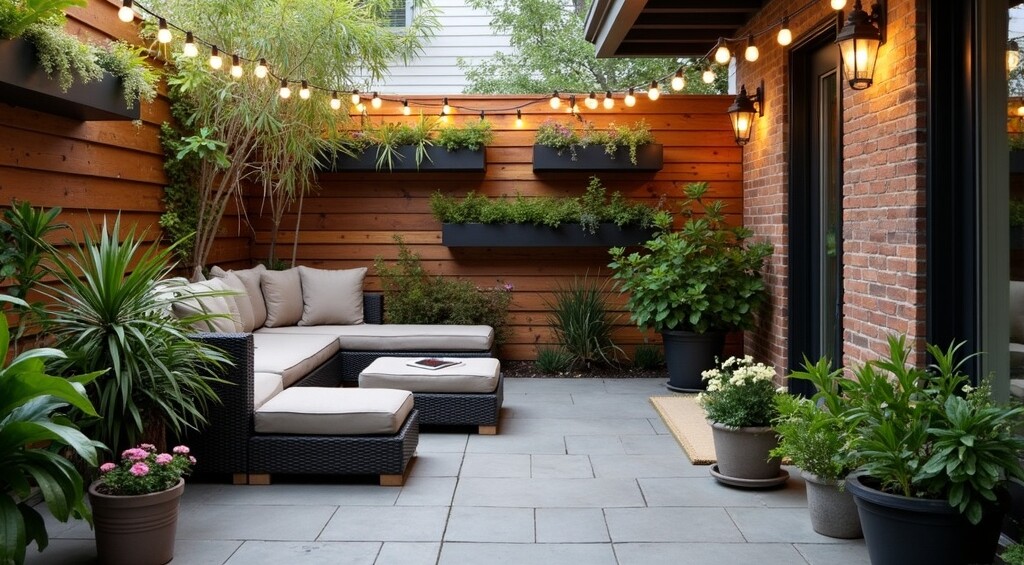
Still can’t visualise your perfect Outdoor Living Space? Gardener’s World has the perfect article covering ‘Top Plants for Patios (in Pictures)’, to give you a realistic representation of what your garden could look like.
Quick-Reference Plant Care Guide
Use this quick-reference guide to find the best outdoor plants for your patio, no matter your sunlight, watering, or maintenance preferences.
| Plant | Sun / Shade Preference | Water Needs | Maintenance Level |
|---|---|---|---|
| Lavender | Full sun | Low (drought-tolerant) | Low |
| Hosta | Partial to full shade | Moderate | Low to Medium |
| Clematis | Sun to partial shade (roots shaded) | Moderate | Medium |
| Wisteria | Full sun | Moderate | Medium (requires pruning) |
| Star Jasmine (Trachelospermum jasminoides) | Full sun to partial shade | Moderate | Low |
| Philadelphus (Mock Orange) | Full sun to partial shade | Moderate | Low |
| Zinnias / Cosmos | Full sun | Regular watering | Low |
| Succulents (Echeveria, Sempervivum) | Full sun | Very low | Very low |
| Herbs (Rosemary, Sage, Thyme) | Full sun | Low | Low |
| Mint / Parsley | Partial shade | Moderate | Medium (can spread quickly) |
| Japanese Maple (Acer) | Partial shade | Moderate | Medium |
| Hydrangea | Partial shade | High (likes moist soil) | Medium |
| Sedum | Full sun | Low | Very low |
| Catmint (Nepeta) | Full sun | Low to moderate | Low |
| Bay Tree (Laurus nobilis) | Full sun | Low to moderate | Low |
How to Use This Table
- Sun / Shade: Helps you position plants in the right spot in your garden or patio.
- Water Needs: Adjust according to climate and soil drainage.
- Maintenance Level: “Low” = minimal care; “Medium” = some pruning or feeding; “High” = regular attention required.
FAQ: Common Questions About Patio and Outdoor Plants
What Is the Most Low-Maintenance Outdoor Plant?
Succulents like sedum or many cacti stay looking neat with barely any attention. Lavender is also a strong pick for low watering needs and comes back every year.
What Are the Fastest-Growing Garden Plants?
Bamboo, sunflowers, morning glories, sweet peas, nasturtiums, cosmos, zinnias, runner beans, willow, and mint can all shoot up quickly with plenty of sun and water. Bamboo is especially known for gaining height in a matter of weeks, but make sure to pick a clumping variety unless you want it to take over.
Which Plants Look Good All Year Round?
Evergreens like boxwood, holly, or even small conifers keep their structure and colour through all seasons. Japanese maples and some heucheras have foliage that holds bright colour from spring through to winter.
What Are the Best Plants for Beginner Gardeners?
I’ve had luck with tough succulents and hostas. Once established, they’re fuss-free. Sedum is basically indestructible, loves drought, and keeps up with sun or part shade without looking tired.
Final Thoughts: Putting It All Together — Designing Your Perfect Outdoor Space
With the right mix of plants and some creative styling, anyone can take their outdoor hangout up a notch. I like to swap out flower pots every few months, try new herbs for barbecuing season, and add a couple new low-maintenance plants to keep things lively. If you’re not sure where to start, focus on sturdy greens and seasonal flowers near your favourite chair. Then expand into containers, climbers, or edibles as you go. Your space will keep feeling fresh, and a little wild, all year long. Don’t be afraid to experiment and see what thrives—over time, your outdoor living area will reflect your taste and grow right along with you.
Author Bio: My Journey Into Gardening & Outdoor Design
I grew up surrounded by the rural beauty of the Hampshire countryside, where my earliest dream was to work with animals. After finishing school, I studied at Sparsholt College and earned a National Diploma in Animal Management.
Life, as it often does, took me in a different direction. I built and ran another business, got married, and became a proud mum to three wonderful boys. After the birth of my youngest in 2020, I found myself at a crossroads, ready for a new career. Gardening—something that had always been a passion—was the natural choice.
I’ve now been working as a self-employed gardener in Hampshire for over five years, but my love for gardening began long before that. Growing up, I spent countless hours outside helping my parents, both keen gardeners (with three allotments!). Being outdoors, nurturing plants, and watching gardens transform with the seasons has always brought me joy.
While much of my knowledge has come through hands-on gardening experience, trial and error, and plenty of research, I’ve also relied heavily on trusted resources like the Royal Horticultural Society, which has guided me in becoming a confident, self-taught gardener.
Now, through Garden Nest Living, I want to share that journey and help others create outdoor spaces that grow with them. A garden doesn’t have to stop at the flowerbeds — it can extend into an inviting living area where you dine, relax, and celebrate the seasons as they unfold. With the right mix of planting, design, and comfort, your garden can become a year-round retreat that’s both beautiful and practical.
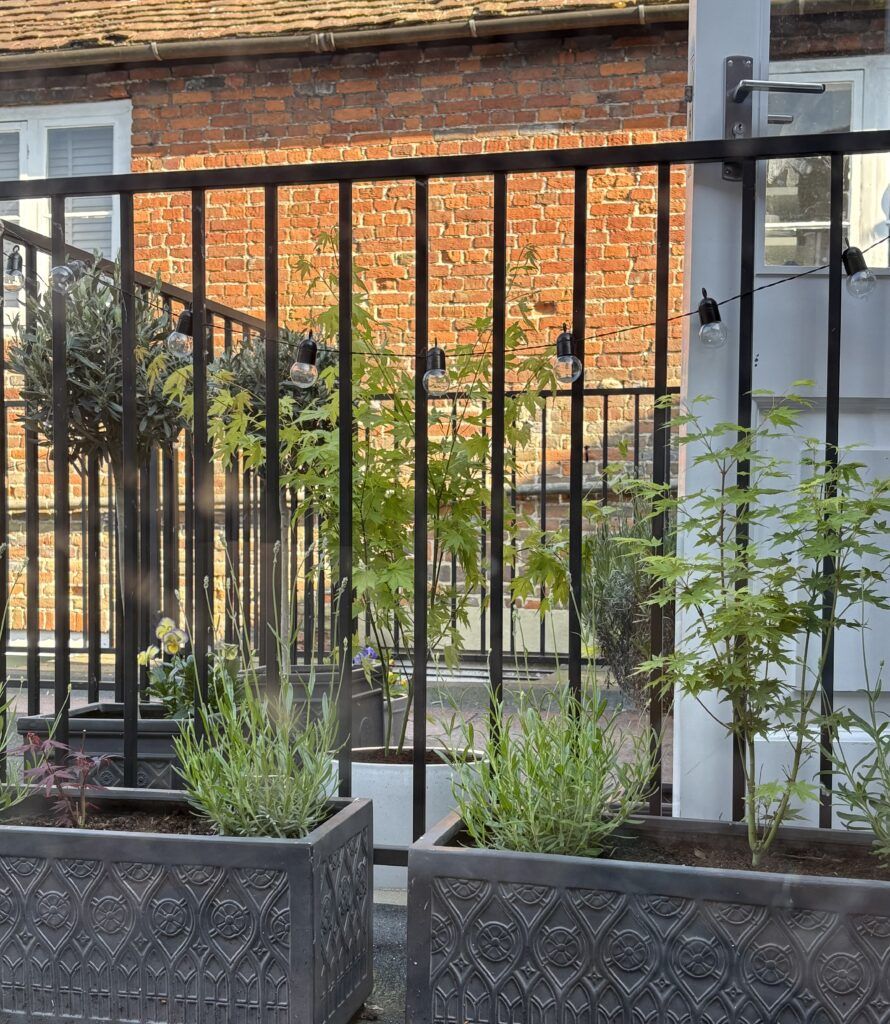
Acers, Lavenders & Olive Trees on our roof garden.
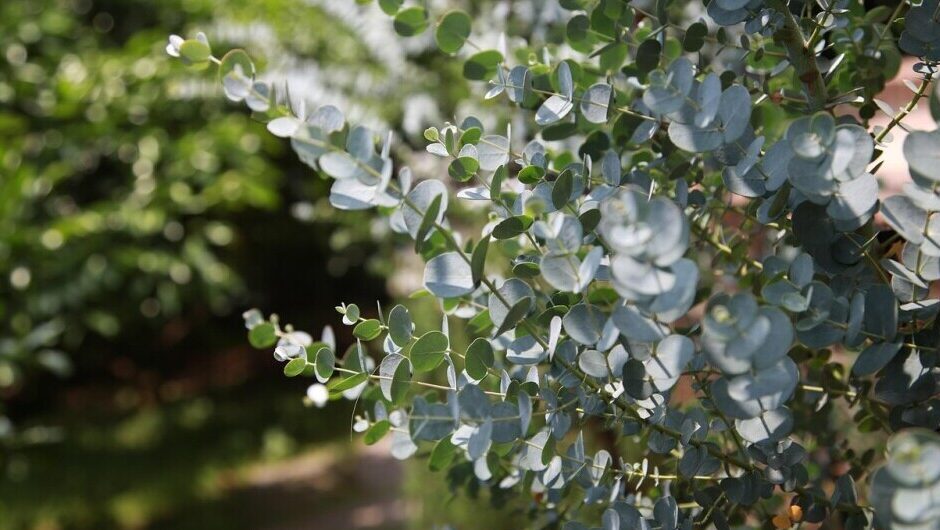
I absolutely love incorporating lavender and other purple-toned plants in my outdoor space, they instantly add a calming, elegant feel. I noticed a few of the recommendations lean into color as well as function, which is great.
Do you have any suggestions for purple plants that do well in partial shade? I’m working with my backyard corner that gets a mix of sun and shadow throughout the day.
Thank you so much! Purple is my absolute favourite plant colour too — it adds such a calming, timeless feel to any garden. You’re absolutely right, combining colour with function makes a big difference in creating a space that feels both beautiful and inviting.
For purple plants that do well in partial shade, I’d recommend trying campanula (bellflowers), heuchera varieties like ‘Plum Pudding’ or ‘Purple Palace’, lamium, and columbine (aquilegia). Astilbe and hydrangeas can also give you lovely purple tones in shadier spots.
Mixing a few of these with lavender in the sunnier patches will give your space depth, texture, and colour that lasts right through the seasons!
Hey Jenny,
Loved this guide—great mix of form and function. What has worked for me outdoors is layering: an evergreen “backbone” for structure, seasonal colour pops (such as calibrachoa and salvias), and a couple of fragrant anchors near seating, so evenings feel like a mini retreat. I also tuck pollinator herbs (such as thyme and mint) in pots by the grill for quick snips. Quick Q: If you had to pick one low-maintenance showpiece for year-round interest on a sunny patio, what’s your go-to?
Marios
Thank you! That sounds like such a lovely setup — I really like your idea of layering for both structure and scent. If I had to pick just one low-maintenance showpiece for a sunny patio, I’d go with lavender. It checks all the boxes: vibrant colour, wonderful fragrance, and it’s a magnet for bees. Plus, it thrives in full sun with minimal fuss — perfect for adding life and movement to an outdoor space year-round.